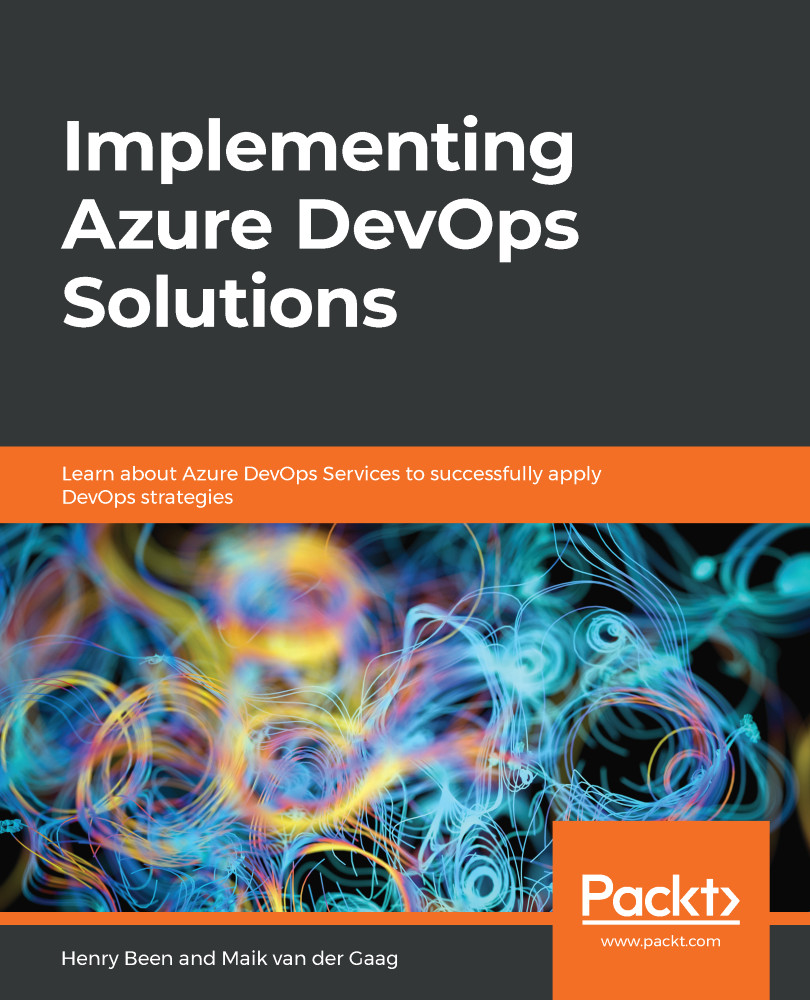In the previous chapter, you learned how to measure how your applications are performing in production. You learned how to gather crash reports and logs and how to instrument an application. However, the purpose of software is not just to deliver perfectly running applications, but to create business value. Gathering user feedback is necessary to determine whether your application is also achieving this higher goal. In this chapter, you will learn techniques to measure whether your users are satisfied, which features they are using and which they are not, and how you can use this information to steer future developments.
To do this, this chapter starts by introducing the concept of continuous feedback. Next, it moves on to introduce different approaches to asking users for feedback and recording their responses. This can be both in-application or via other...


